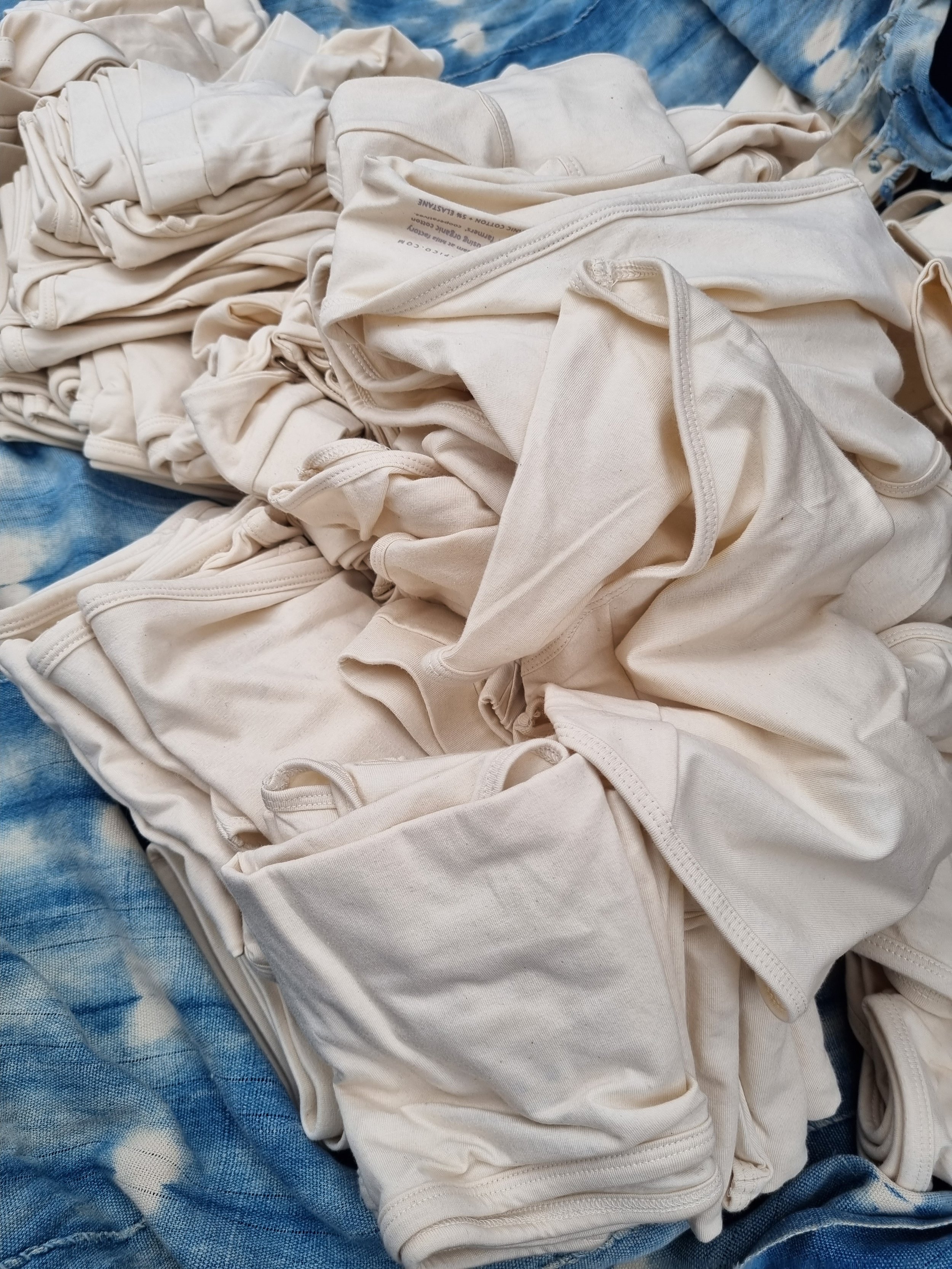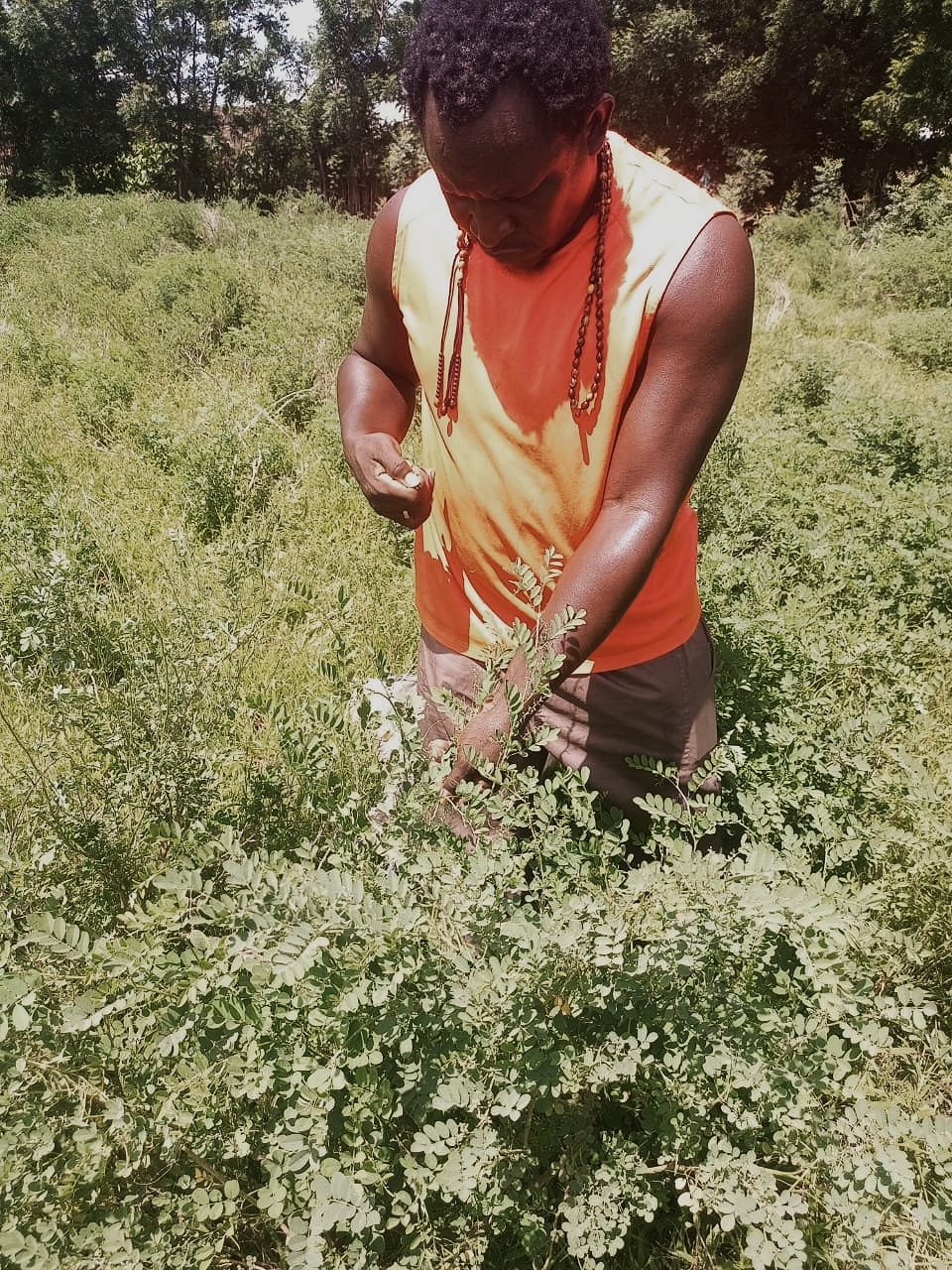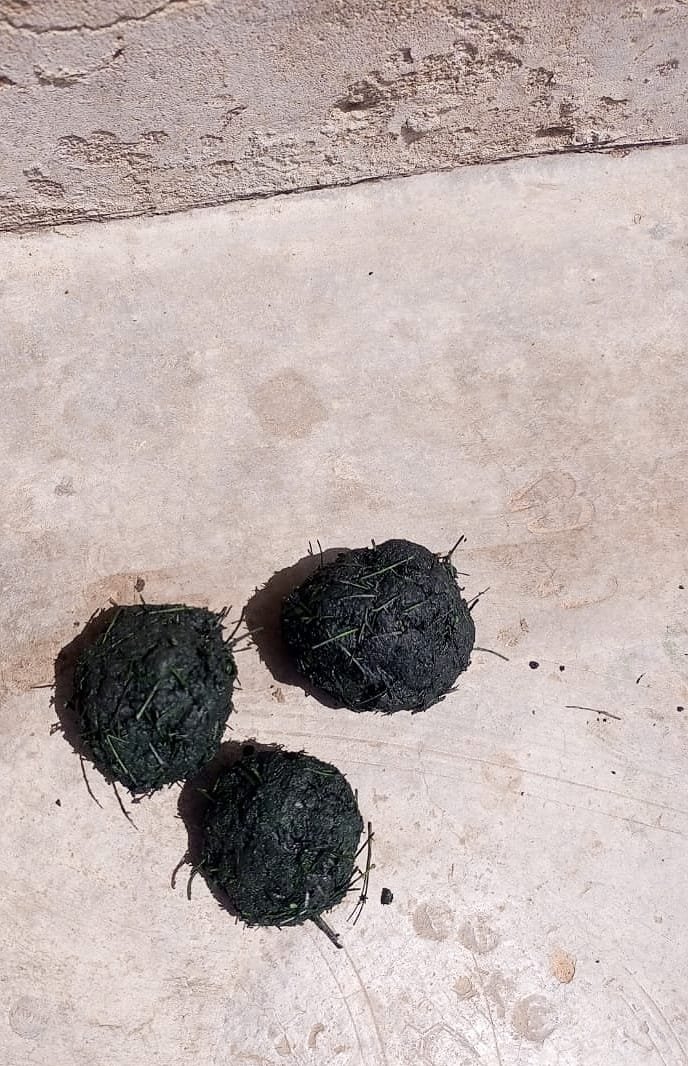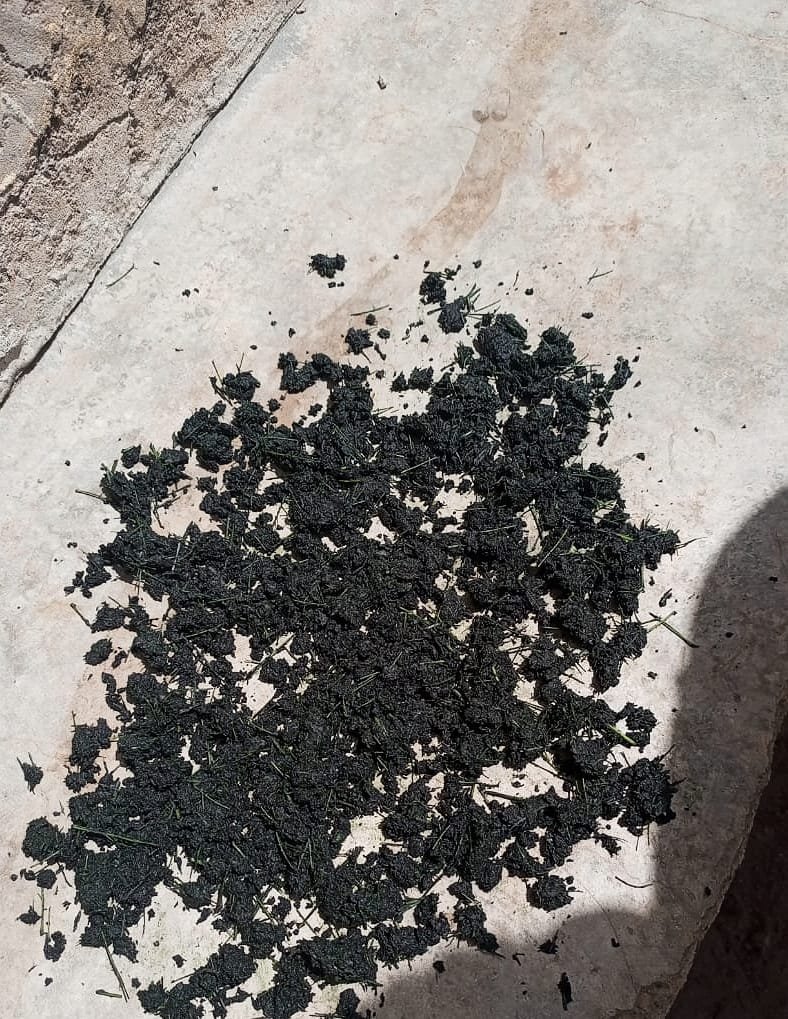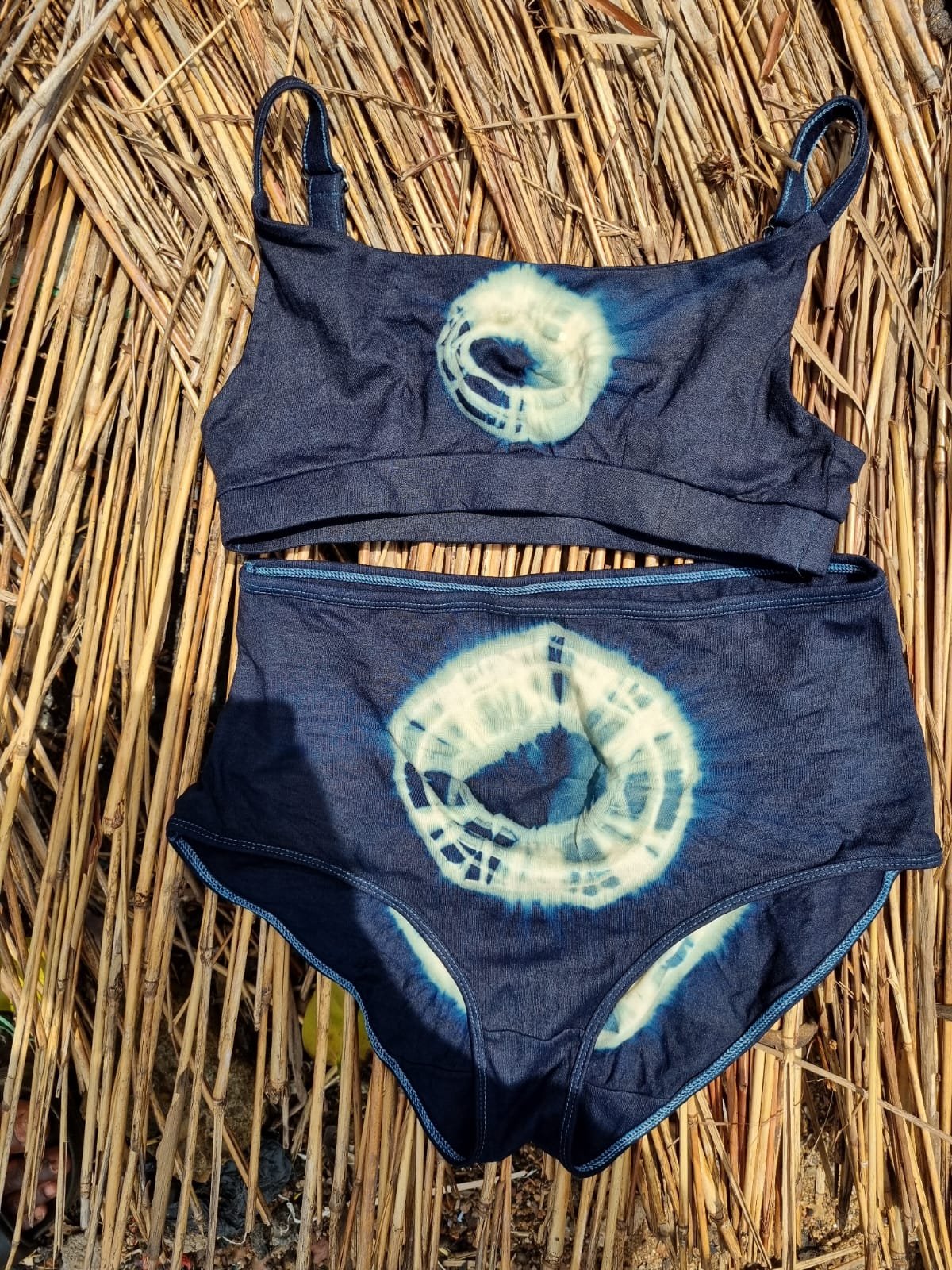In a special collaboration between Objects x Humans and Pico, our collection of organic cotton underwear has been hand-dyed by the talented artisans of the Daboya community in northern Ghana. Inspired by their centuries-old trade and artisanal techniques, these pieces showcase the enduring craftsmanship of the region.
Krystle Amoo, the founder of Objects X Humans, has been working closely with the dyers throughout the entire process. Below, she shares her knowledge of each step of the process alongside her beautiful photos.





